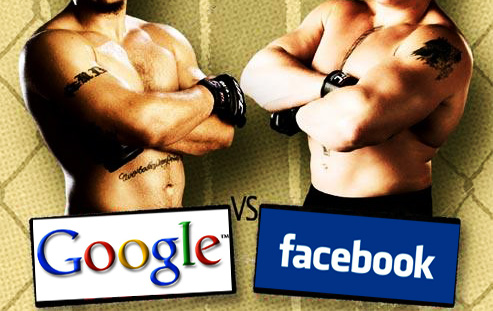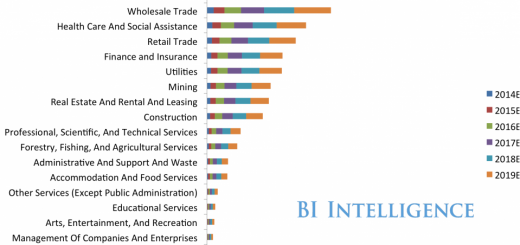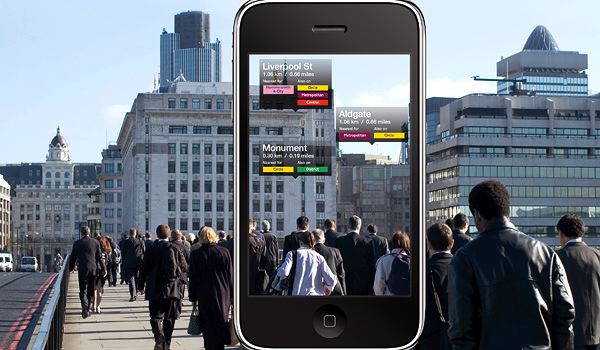 Social Media monitoring and engagement are hot topics of the 2010. It is very important to handle the good and bad reviews/comments/tweets/posts, but how to identify the real threats and opportunities from the enormous amount of information posted in the net every day? Which posts should be handled immediately and which ones have lower importance?
Social Media monitoring and engagement are hot topics of the 2010. It is very important to handle the good and bad reviews/comments/tweets/posts, but how to identify the real threats and opportunities from the enormous amount of information posted in the net every day? Which posts should be handled immediately and which ones have lower importance?
I stumbled upon today a very interesting “playbook” by Radian6 called Monitoring and Engagement Playbook. It has some useful advices for the over-stressed community managers (or people who have been assigned the monitoring task unofficially) by the constant stream of criticisms voiced through tweets, blogs and other social outlets.
To identify a real threat:
1. Define its importance by building a chart that identifies what qualifies as high, medium or low alert.
Requires immediate reaction:
- High importance: Influential blog with negative tone, post going viral via social networks, negative customer post that draws media attention
- Medium importance: Influencer or high visibility forum post, negative post that compels 3+ commenters to share their negative customer experience
- Low importance: Low influencer, very negative post with 12+ comments, or 5+ unique comments
7 day issue trend:
- High importance: 10+ negative posts/comments on a high authority site, 10+ unique users have the issue
- Medium importance: 5+ or more negative posts/comments on a high authority site, 6-9 users have the issue
- Low importance: 5 unique users have the issue
2. Timing: Tweets need to be responded to quickly, aprox. within 10 minutes because of the speed they come and go. Blog posts can be handled in more time, but still within an hour of being found.
3. Team involvement: Get your team involved: Communicate with your team and establish guidelines and process everyone applies and make sure everyone knows who should do what and what to respond.
4. Response & Follow-up: Make sure you are the right person to be handling the post/situation. If not, re-assign to appropriate person. Make sure you follow up
But which identified post you should reply, what you should say, when you should not answer anything and what you should never reply? Very tricky.
What you should respond to:
- Mentions of your company as part of presentations or events
- Compliments of your product, service, or people
- Recommendations or referrals to your products and/or services
- Customer Service/Support issues or inquires
- Sales leads of product inquires
- Feature requests
What you should reply:
Examples of 140 character or less responses:
- Thanks for the mention!
- Glad we could help.
- I’d be happy to to talk to you more about this.
- Feel free to pass along any feedback you have.
- Let me introduce you to our support/training team. They’ll be in touch to help you out.
What you should NOT respond to:
- Generic mentions among a sea of competitors, without commentary that’s positive or negative
- Sarcastic, snarky or potentially inflammatory comments
- Retweets of blog posts or news announcements, unless in low enough volume to respond individually
- Tweets from webinars or other online events
- Discussions/conversations between individuals that mention your company in passing in which your involvement could be perceived as intrusive
- Posts in a language that you don’t have the appropriate understanding or resources to respond to
- Posts/forum threads that require membership to respond to,unless it’s a customer service issue, negative post or misinformation you need to correct
What you should NOT reply:
- Unwarranted public apologies
- Any details about future product enhancements
- Any announcement regarding technical difficulties or service interruptions
- Profanity or inappropriate subject matter
- Reference to partners, customers, etc. that are not publicly known
These are only quick guidelines, but it is worth having a look at the playbook. The most important thing to remember is that even if your company cannot control the conversation about your brand, you can control your own response and try to resolve the issue before it’s too late. All the posts should be treated individually without a mechanic response (that is easily spotted and seen in a very negative way).








Hi Paulina,
Thank you so much for the nice post and for recommending our playbook. One thing I’d like to emphasize is that this playbook is really an example of a structure process for online engagement — it’s important that any organization looking to create any social media program really formulate a process that caters to its individual brand promise and mission and internal team communications processes. The real key to successful engagement is identifying a system that works for you.
Thanks again.
Cheers,
Teresa
—-
Teresa Basich
Community Manager, Radian6